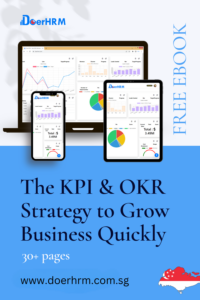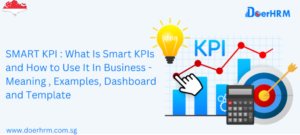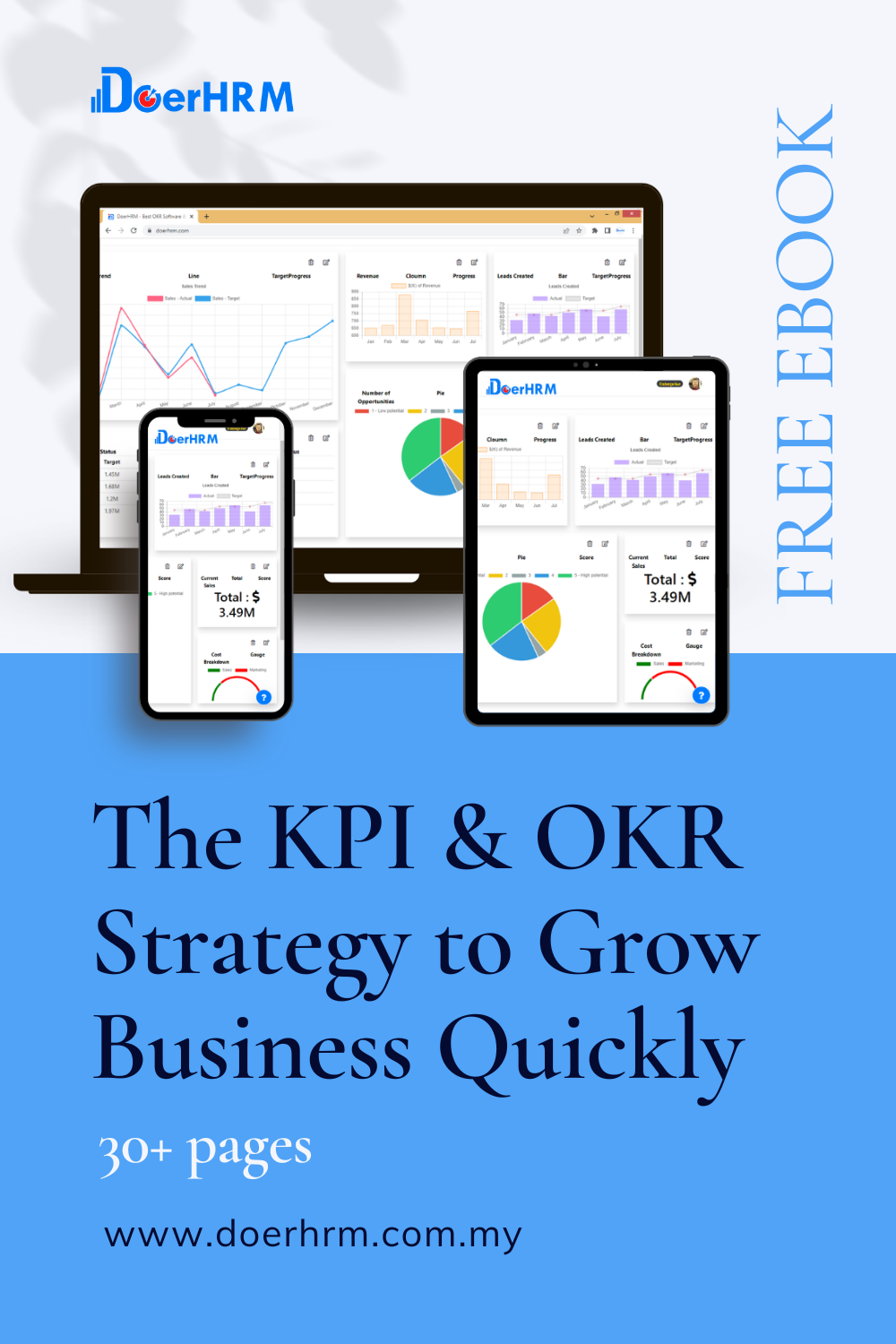A crucial aspect of your position as a corporate leader involves ensuring the success of the organization’s ongoing projects and initiatives, while also accommodating innovative new approaches.
However, staying informed can be challenging amidst numerous competing priorities. Fortunately, there is a valuable resource to support your endeavors: the utilization of KPI Dashboards.
What is a Marketing KPI Dashboard?
Tracking Key Performance Indicators (KPIs) can assist you in monitoring the various components of your business and ensuring their smooth operation.
Let’s dive into what key performance indicator (KPI) dashboards are and how they might support your marketing team in 2022 and beyond. So firstly let’s take a look at what does it mean with a Marketing KPI dashboard!
An analytics solution that gives you the ability to monitor and report on key marketing metrics and KPIs is known as a marketing KPI dashboard. You will be able to analyse your marketing efforts and come to educated conclusions about how to go forward with your marketing strategy if you base your evaluation on the examination of these indicators.
The marketing and sales divisions of companies often make use of KPI dashboards for marketing. These dashboards include a variety of data visualisations, which enable you to get an immediate and comprehensive overview of your key performance indicators (KPIs) in real-time.
Using a key performance indicator (KPI) dashboard, marketers and company executives can see how the most important parts of their marketing plan are doing, pinpoint the areas that need attention if things start to go wrong, and locate promising new growth opportunities.
The introduction of a marketing key performance indicator dashboard may provide advantages for the company as a whole beyond the marketing and sales departments.
The following are some possible outcomes of using a dashboard to monitor key performance indicators:
- You can make more accurate projections of sales and revenue.
- You can save critical time and resources.
- Your data will be presented to the other teams in a more organised and effective manner.
- You will have the ability to receive real-time insights, which will allow you to change your actions as you go along, as well as other benefits.
5 Steps to Create and Use Marketing KPIs Dashboard Effectively
What key performance indicators (KPIs) you put on your dashboard will depend on many things, starting with your marketing goals. Follow these steps to make a great KPI dashboard for marketing.
STEP 1
Identify Your Audience. The most important step in making a good dashboard is figuring out who it’s for. Think about the people you’ll be giving the report to. Different markets care about different metrics and know different things about marketing.
Data dashboards and data visualisation in general are made to tell a story, so you need to know who is listening to your story. A well-made dashboard tells an interesting story that links to actionable KPIs that help the person looking at it. Different dashboards will be needed for different groups.
Your team members know a lot about marketing, so you might be able to add more marketing metrics to the report. They will be interested in the ratio of website visitors to leads and the lifetime value of a customer.
But if you’re giving a presentation to management, they may need marketing metrics about revenue and sales because they don’t know everything you’re tracking for internal purposes. They will want to know about return on investment (ROI) and other similar metrics.
To make sure everyone in the room can understand your dashboard report, make a list of everyone who will be able to see it and build the dashboard around that.
STEP 2
Set a goal for the report. Find out what your main goal is before you show your dashboard to the audience. Do you want to show the leaders your results so they will agree to a budget increase? Or do you want to show your team how a recently updated strategy is working?
Before you start putting together the dashboard, write down your goals. This will help you choose the right KPIs and data visualisations.
STEP 3
Choose the right KPIs for marketing. Choose the KPIs to put on the dashboard based on your audience and goals.
Even if you’re talking to people who know a lot about marketing, don’t forget to keep the report simple and to the point. Your dashboard should give you a clear picture of how you’re doing without being too complicated. Your data should tell a story, so make sure the visualisations are set up in a way that makes sense.
STEP 4
Link your KPIs to the right sources of data. Google Analytics is probably your go-to data source for tracking website analytics, but is it the only one that can help you evaluate your efforts?
If you spend money on SEO, you might also want to look into Google Search Console. If you have an e-commerce website, you may need data from Shopify to track your success, etc.
STEP 5
Choose a tool for building dashboards. A marketing team today uses hundreds of tools with a wide range of metrics. The reporting tool you choose will have a big impact on how well your dashboard works. One of the most important goals of any analytics dashboard is to use a visualisation tool to combine and connect data into a single view.
A consolidated marketing dashboard should bring together all of these different sources of data into a single source that is also linked to results and return on investment (ROI). Use a tool that can bring all of your data together.
You won’t get the full value of data visualisation if you don’t have reporting tools that can put together the right story, and if you leave out important data sources just because you haven’t integrated all of your data, you’ll leave out chapters in your book.
A good dashboard builder should have templates so you don’t have to start from scratch when making reports. It should also support a wide range of integrations, let you customise the dashboard, and have automated reporting, and other features. Google Data Studio is one of the great examples of such tools.
Conclusion
Now, once your initial dashboard is established, you can begin enjoying the marketing process. Develop the routine of regularly assessing your business’s financial status, whether on a weekly or monthly basis. The subsequent step involves consistent reviews to identify any emerging trends.
It’s important to get to the root of the problem if you see a surprising number. With all of your marketing data conveniently compiled in one place, you can quickly pinpoint the root of the problem and obtain input from the people most positioned to shed light on the mysterious number.
Once you have a hypothesis about the cause of the change, it’s time to validate it. If your previous strategy proved unsuccessful, it might be worth considering a shift. In the case of better-than-expected results, consider modifying your approach to emphasize the techniques that yielded those positive outcomes.
Implement minor adjustments gradually to observe their impact on performance. Regularly monitor these key performance indicators (KPIs) to assess the effectiveness of various strategies.
You’ll always want to check in with your dashboard. This report should serve as your compass, directing you as you make strategic moves and giving the data you need to determine which strategies are most effective.







